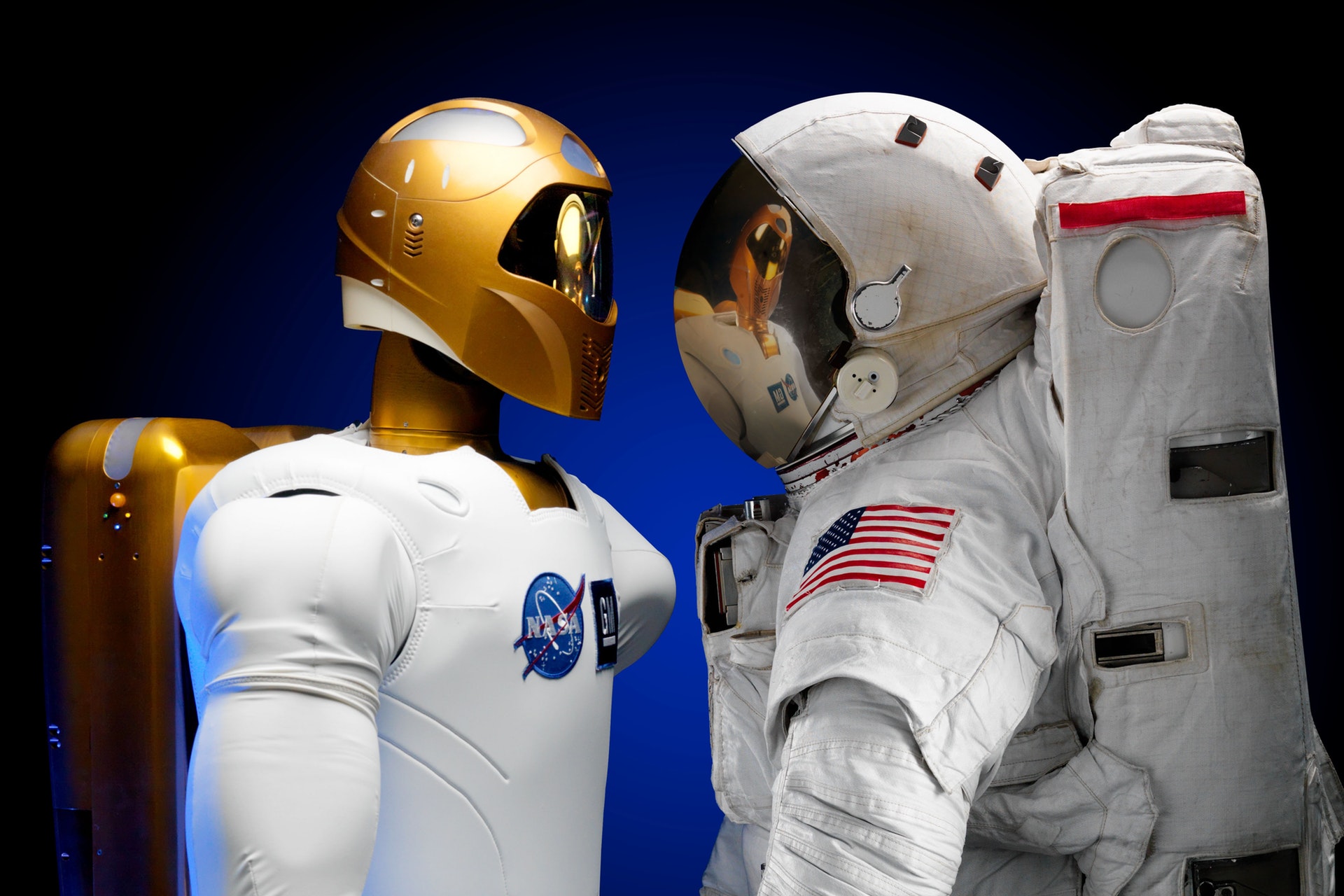The longest nonstop flight on Earth: 19 hours.
-
Newark to Singapore (9,500 Miles)
The journey from Earth to Mars: 10 months.
-
shortest: 34 MM. Furthest: 250 MM (2 year orbit)
7,300 hours in a cramped spaceship.
-
~300 Days (with current engine technology)
So what does one do with so much time in such tight quarters?
Avatars, embodied virtual beings, may be a vital too to combat loneliness & other complications tied to such journeys that require extreme isolation.

Astronauts could bring their kids to Mars through virtual reality
Immersive simulation could battle loneliness and improve mental health on long missions
“In the computing world, avatars are graphical representations of a user or that person’s alter ego. Through virtual reality technologies, these representations can take on 3-D forms so remarkably realistic that they could be the next best thing to physically having one’s relatives join them in space.” [excerpt from linked article, TMC.edu]
Seniors report better mental health when VR experiences are available.
“…older participants who had access to virtual reality reported less social isolation, were less likely to show signs of depression and reported better overall well-being than those who did not use VR. According to compelling research supported by MIT. Most of the systems provided in these settings transported individuals to a new environment or experience.”




